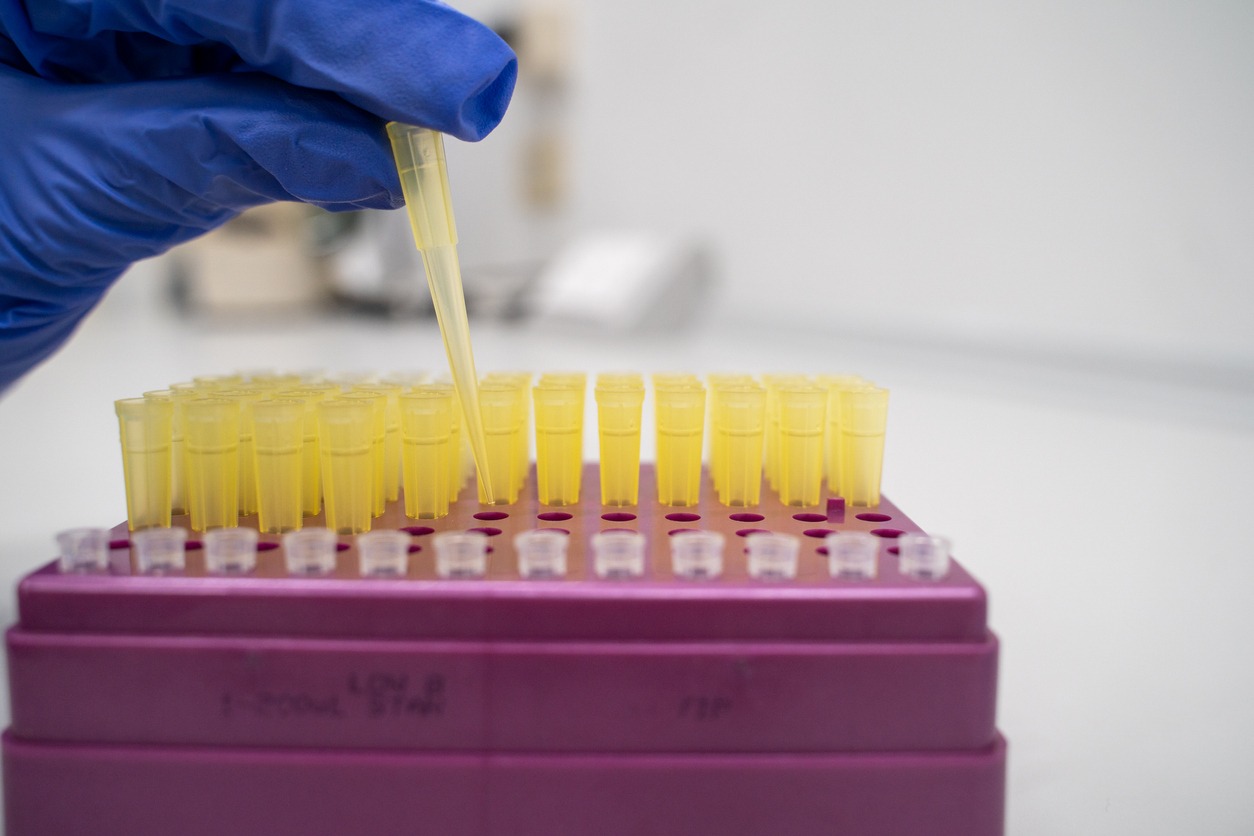Are you having problems with your ELISA? The only way to obtain meaningful results is if ELISA runs successfully, meaning common issues need to be adequately addressed.
It’s of the utmost importance for the results to be correct, as this test is used to determine the presence of antibodies for particular infectious conditions.
Nowadays, there are numerous companies providing troubleshooting solutions, such as Elisa Troubleshooting from Surmodics, addressing technical issues, and offering optimization tips.
We hope the following troubleshooting tips will be of assistance.
Weak or no signal
One of the common issues users encounter with ELISA is having either weak or no signal. There are multiple causes for this problem, including reagents not put at room temperature prior to the commencement of the assay, incorrectly prepared or added reagents, expired reagents, a lack of detector antibody, improperly stored components, etc.
When a weak signal occurs because the reagents didn’t reach room temperature, the solution is to let them sit on a bench for fifteen to twenty minutes before the assay starts. Conversely, when the issue is induced by incorrectly prepared or added reagents, make sure to check the protocol once again to ensure all substances are added in the correct order and prepared in the right manner.
Moreover, if a weak or no signal is triggered by expired reagents, don’t start the process until you check the expiration date on all substances. Also, in case the root of the issue lies in incorrect storage, see the kit label to verify the storage conditions, which usually require kits to be stored at a temperature between two and eight degrees.
Sometimes, weak or no signal is induced by a lack of antibody detectors. In case you are developing ELISA with the help of an antibody pair kit, you’ll probably need to optimize the assay. There’s no need to worry as the majority of manufactured kits come with optimized protocols. Go to this page to gain a better insight into how antibodies work.
Excessive signal
Another common ELISA issue that requires troubleshooting is having too much signal, which might be caused by multiple factors. The possible causes include insufficient washing, reused or unused plate sealers, incorrectly prepared dilutions, or longer incubation times than it’s actually recommended.
In order to prevent this issue because of insufficient washing, users are supposed to apply the right washing procedure. Towards the end of every washing step, the plate should be inverted on the absorbent tissue and left to drain completely. You might be required to tap it forcefully to remove any of the fluid that remained behind.
In the course of incubations, assay plates should be covered with plate sealers. A new sealer should be used every time the plate gets opened. It’s the best way to prevent contamination of the wells. The excessive signal might be triggered when incubation times are longer than recommended in the protocols.
High background
Another problem with ELISA is the high background, which is triggered by three main causes, insufficient washing, exposure of the substrate to light, and longer incubation times than necessary. The most effective way of preventing this issue is by adhering to the appropriate washing procedure. You could prolong the duration of the soap steps for as long as thirty seconds every time the wash buffer is let to soak. Follow this link, https://www.healthline.com/health/elisa, to get familiar with the purpose, procedure, and results of ELISA.
As far as substrate exposure to light is concerned, you need to make sure the substrate isn’t exposed to light before use by storing it in a dark place. Also, such exposure should be limited in the course of running the assay. In case you need longer incubation times, you should check the optimization protocol that comes with the kit.
Edge effects
Edge effects are another cause of concern when using ELISA, usually triggered by evaporation, uneven temperatures, and stacked plates. When the root of the problem is evaporation, a plate sealer should be used in the course of incubation for the plate to be sealed completely.
Additionally, stacking plates must be avoided while incubation is ongoing to impede them from getting stacked. When uneven temperatures are the origin of the issue, a plate sealer should once again be used for sealing the plates. If there’s an indication for 37˚C incubation, the plate should be placed right in the center of the incubator.
Poor duplicates
Another possible issue with ELISA is poor duplicates, caused by contaminated buffers, reused plate sealers, or no sealers used. If buffers are contaminated, the logical step to take is to make fresh buffers. As discussed above, a fresh plate sealer is supposed to be used for every step.
Final thoughts
First, you need to identify the issue before applying the right solution!

